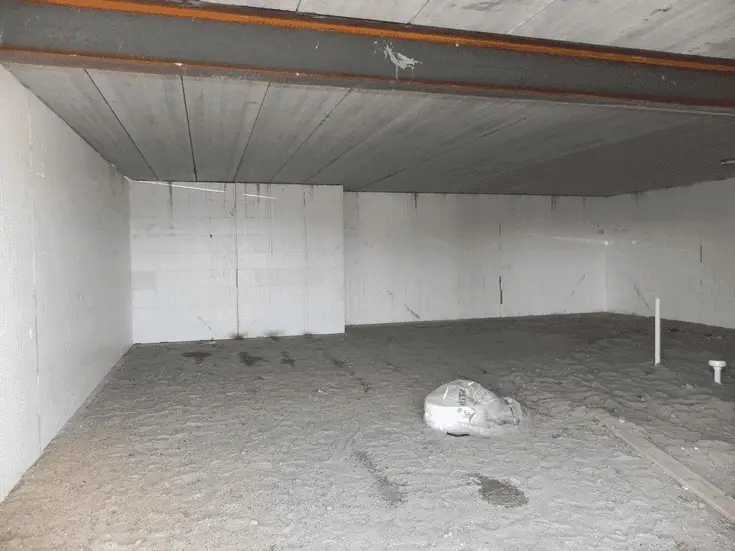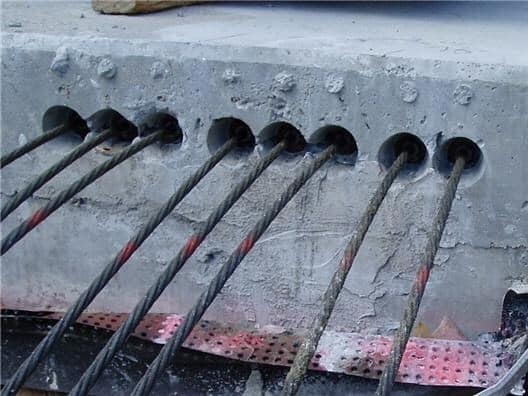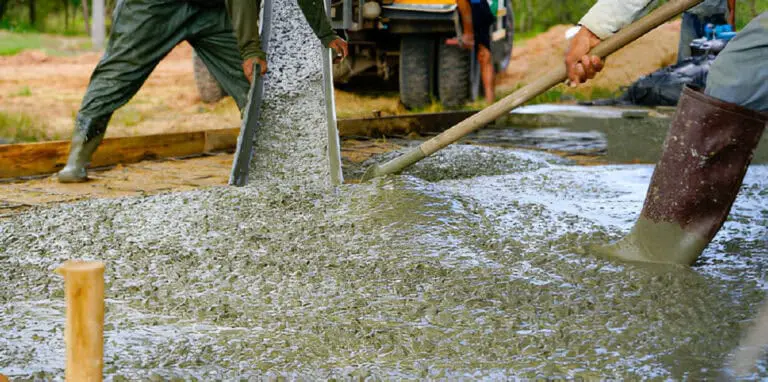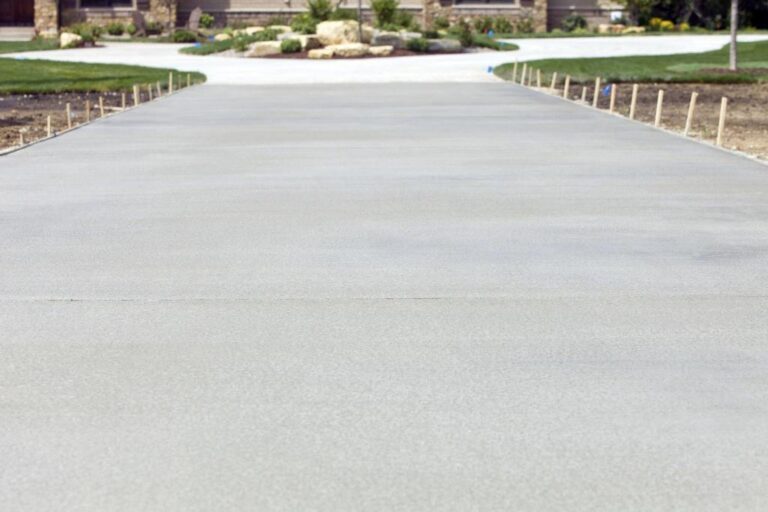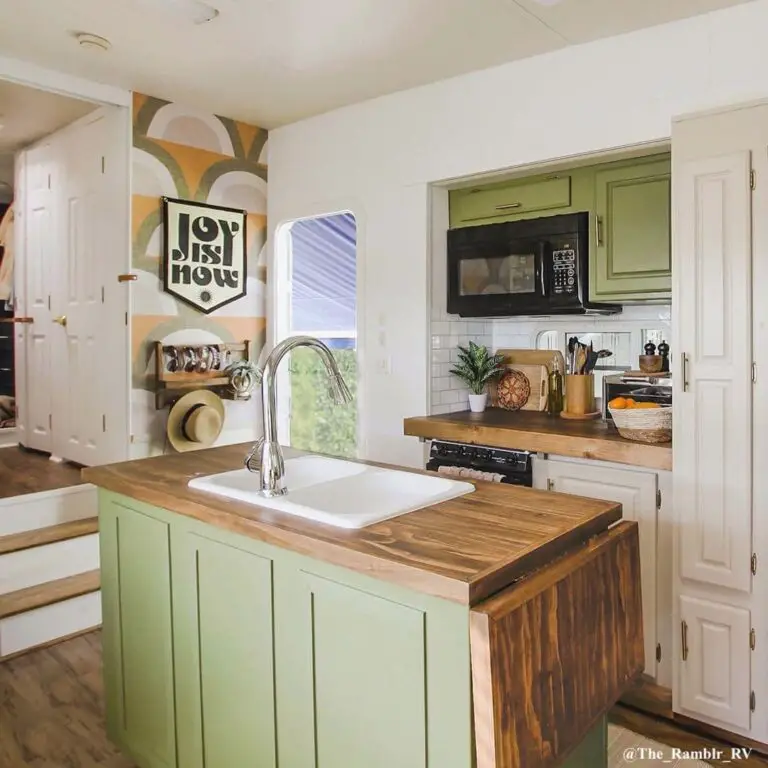The Quikrete vs. Concrete Debate: Which is Better for Your Construction Project?
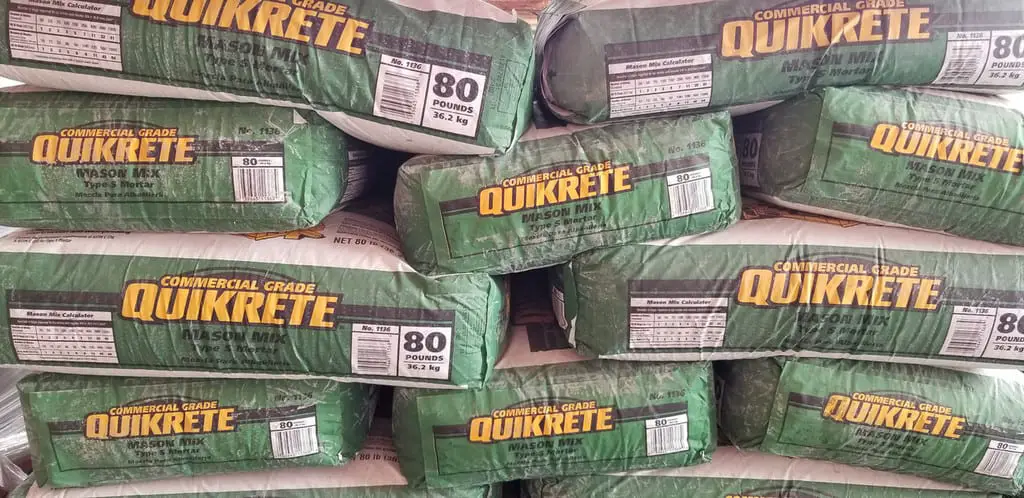
There are a lot of different opinions on the age-old debate between regular concrete and Quikrete, which is faster and easier to use. This debate can be seen on construction sites and in home improvement projects.
Concrete is reliable and strong. It is a beacon of stability in building. Quikrete is a contemporary rival to traditional concrete’s throne. It enters the scene with promises of being effective and simple, without sacrificing durability.
Picking the right material for your building plans is a lot like picking a dance partner: every step must be strong and every move must be planned. This is an intricate duet. Precision meets performance in it. Understanding the nuances between Quikrete and concrete is key. It is crucial for orchestrating success within your project.
Let’s dive into their differences. We’ll cover their quirks and uses. This will give a deeper view than just surface comparisons. Are you ready to uncover which partner will lead your construction project towards triumph? Let’s sway through this exploration together.
Composition and Characteristics
When looking at construction materials, understanding the composition of Quikrete and traditional concrete is key.
Quikrete is a pre-mixed blend of cement, sand, and gravel or stone. It offers convenience with its ready-to-use form. On the other hand, traditional concrete involves mixing cement, sand, gravel, or crushed stone aggregates along with water on-site to achieve the desired consistency.
This key difference in preparation leads to varying setting times. Quikrete sets rapidly for urgent projects. Traditional concrete needs more careful curing and setting time.
Also, both materials are unique in strength and durability. Quikrete gains strength quickly due to its fast set time. But, traditional concrete often matures slowly. This slow maturation leads to lasting strength.
The curing process differs for these substances. Quikrete needs little curing. But, traditional concrete needs moisture for optimal hardening.
Thus, choosing between the swift convenience of Quikrete and the patience for conventional concrete’s strength is a key decision in construction.
Performance Factors and Strength: Quikrete vs. Traditional Concrete
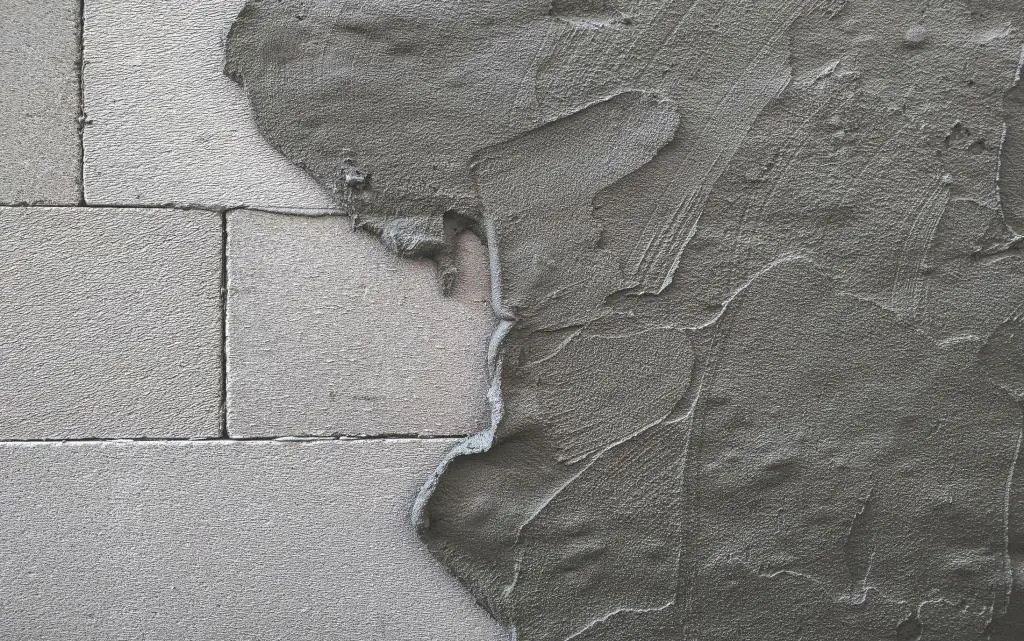
Quikrete and traditional concrete battle over strength and durability. Many factors come into play. Concrete is known for its strength. It can withstand immense pressure over time. It has long been the top choice for heavy-duty construction. But, Quikrete sets quickly. This can be good in some cases. But, it raises questions about its long-term strength.
In terms of weather exposure, both materials have strengths and weaknesses. Concrete is solid. It acts as a sturdy shield against harsh elements. This makes it ideal for outdoor projects that face frequent rain or extreme temperatures. Quikrete cures quicker. But, this may leave it vulnerable in the early hardening stages. This happens when it is exposed to bad weather.
Understanding how these materials perform in varying climates is crucial to ensuring the longevity of your construction project.
Flexibility versus rigidity is another critical aspect to consider when deciding between Quikrete and concrete. Traditional concrete is rigid and lacks flexibility. This rigidity is key for stable structures like foundations and load-bearing walls. But, Quikrete is more versatile due to its rapid-setting properties.
This flexibility is an asset. It helps in situations where changes are needed fast or where speed is more important than strength. Ultimately, weighing these factors will help you determine which material aligns best with your specific construction needs.
Application Differences in Projects
Quikrete and standard concrete differ in application. Quikrete shines in smaller projects. These need quick and easy solutions. Need to patch up a crack in your driveway or set a fence post securely in place? For example, Quikrete Fast-Setting Concrete Mix sets in 20 to 40 minutes and can be used for setting fence posts or other small-scale projects
Quikrete’s rapid setting time makes it a go-to option for such repairs where efficiency is key. Its user-friendly nature also caters well to those dipping their toes into DIY endeavors, providing an accessible entry point into the world of construction materials.
On the other hand, traditional concrete stands firm as the heavyweight champion for larger undertakings like building foundations or laying down expansive slabs. Its robust composition ensures long-term structural integrity, making it indispensable for projects demanding durability and load-bearing capacity.
Regular concrete is more suitable for larger projects that require a slower set time. It sets in 24 to 48 hours and takes about 5 days to cure in warm weather (70 degrees Fahrenheit or higher) or 7 days in colder weather (50 to 70 degrees Fahrenheit).
Regular concrete is also cheaper for larger projects. The cost difference between fast-setting and standard concrete adds up over many bags.
While Quikrete excels in nimble tasks, concrete’s endurance and strength make it the cornerstone of major constructions where stability is non-negotiable. Understanding these nuanced applications can empower decision-making towards choosing the right material tailored to each project’s unique demands.
Cost Analysis
In construction projects, managing costs well is key. It can greatly affect the budget and financial feasibility. The cost breakdown shows how Quikrete compares to traditional concrete. It reveals insights beyond just the initial price.
The cost analysis between Quikrete and traditional concrete depends on various factors, such as the size of the project, the type of concrete used, and the location. Here’s a general comparison:
- Cost of Materials: Quikrete is more expensive than traditional concrete due to its convenience and fast-setting properties. A bag of Quikrete Fast-Setting Concrete Mix costs about $1 more than regular concrete, but the price can vary by store and location.
- Labor Costs: Quikrete is less labor-intensive than traditional concrete, as it requires less mixing and can be installed in a shorter period. However, the cost of labor for mixing and installing traditional concrete can be lower if you have the necessary equipment and experience.
- Time Savings: Quikrete can save time on smaller projects, as it sets faster than traditional concrete. This can lead to cost savings in labor and potential revenue losses if the project is time-sensitive.
- Project Size: For larger projects, traditional concrete may be more cost-effective due to the lower cost per bag and the ability to mix larger quantities at once.
- Location: The cost of concrete can vary by location, so it’s essential to compare prices in your area to determine the most cost-effective option for your project.
In summary, the cost analysis compares Quikrete and traditional concrete. It depends on the project’s size, location, and time limits. Quikrete may cost more per bag. But, it can save time and labor costs on small projects. So, it is a cheaper option in some cases.
Environmental Impact
Construction materials have a big environmental impact. Sustainability is a critical factor for them. It cannot be overlooked. Both Quikrete and traditional concrete have implications for carbon footprints and waste generation throughout their lifecycles.
Concrete is made from cement, aggregates, and water. It is known for its high carbon emissions. This is due to the energy-intensive nature of making cement. The extraction of raw materials like limestone and sand further contributes to environmental degradation. Quikrete offers a more eco-friendly option. Some mixtures use recycled materials or cut energy use.
In addition to carbon footprint considerations, waste generation poses another challenge in construction projects. Traditional concrete often leads to significant leftover material that may end up as waste if not properly managed. This can contribute to landfill buildup and ecological strain. In contrast, some Quikrete formulations emphasize efficiency. They do this by using less material or by offering options to recycle unused portions into new batches.
Longevity: Quikrete vs. Concrete
Quikrete, a fast-setting concrete, offers convenience as it sets quickly and is durable. Finished Quikrete structures can last for decades if mixed and laid correctly. They may last longer than regular concrete due to less shrinkage. Concrete or Quikrete structures are expected to last 50 to 100 years. Many are demolished for functional, not structural, reasons.
Proper storage is crucial for Quikrete’s longevity, with bags lasting from three months to a year, depending on storage conditions. Once mixed, Quikrete must be used immediately for optimal results.
Factors like moisture content and storage conditions have an impact on Quikrete’s shelf life. Fast-setting Quikrete is ideal for projects requiring quick strength development, while standard Quikrete can be used similarly but with a longer setting time.
The quick setting time of Quikrete is advantageous in situations where a rapid turnaround is required, such as in repairs or small projects. This feature also makes Quikrete ideal for use in cold weather, where traditional concrete may take longer to cure. Additionally, the durability of Quikrete can lead to a longer-lasting finished product compared to traditional concrete, making it a cost-effective choice over time.
Read: How to Break Up Concrete with Chemicals
Case Studies Testimonials
When choosing between Quikrete and traditional concrete for your projects, nothing is more convincing than real-life stories. These come from people who have been in the field. Let’s delve into a few compelling case studies where users have put these materials to the test.
In one remarkable project from Today’s Owner, a DIY enthusiast recounted their experience with Quikrete while working on a backyard patio renovation. The easy use and quick setting time let them finish the project in a weekend. This exceeded their first expectations.
But, a seasoned contractor shared insights. They came from using traditional concrete for foundations in cold weather. Concrete needs more time to cure. But, its durability and long-term performance were invaluable for this job.
The testimonials offer practical insights into using both materials. They also show how timing, temperature, and project size can be crucial. They determine the best choice between Quikrete and concrete. By tapping into these real stories, readers gain valuable perspectives. They go beyond textbook comparisons, enriching their understanding of which material best fits their needs.
Conclusion: Weighing the Options for Your Project Needs
After diving into the nuances of Quikrete versus traditional concrete, it’s evident that each material brings its own unique strengths and weaknesses to the construction table. Quikrete is known for its convenience and user-friendly properties. It is a top choice for smaller projects or quick fixes where speed is key. However, traditional concrete is durable and versatile. It excels in large projects needing strong structural support.
When considering which material to choose, your project’s scope and requirements play a crucial role. You may be a DIY enthusiast. You may want to tackle weekend projects like setting fence posts or crafting garden structures. Quikrete may be easy and efficient. But, if your commercial builds or heavy-duty constructions need long-lasting strength, traditional concrete might serve you better.
Ultimately, your construction decisions should align with your specific needs and goals. Consider these key factors and our comparison of Quikrete and concrete. They will let you choose the right material for your project and your level of skill. This will ensure success that fits every nail you drive.

